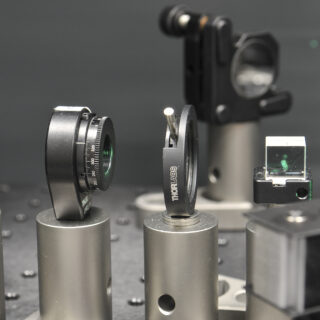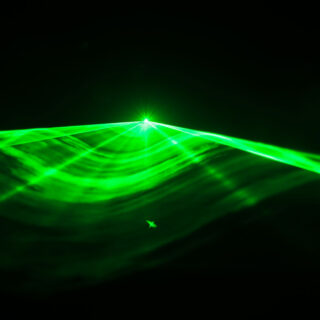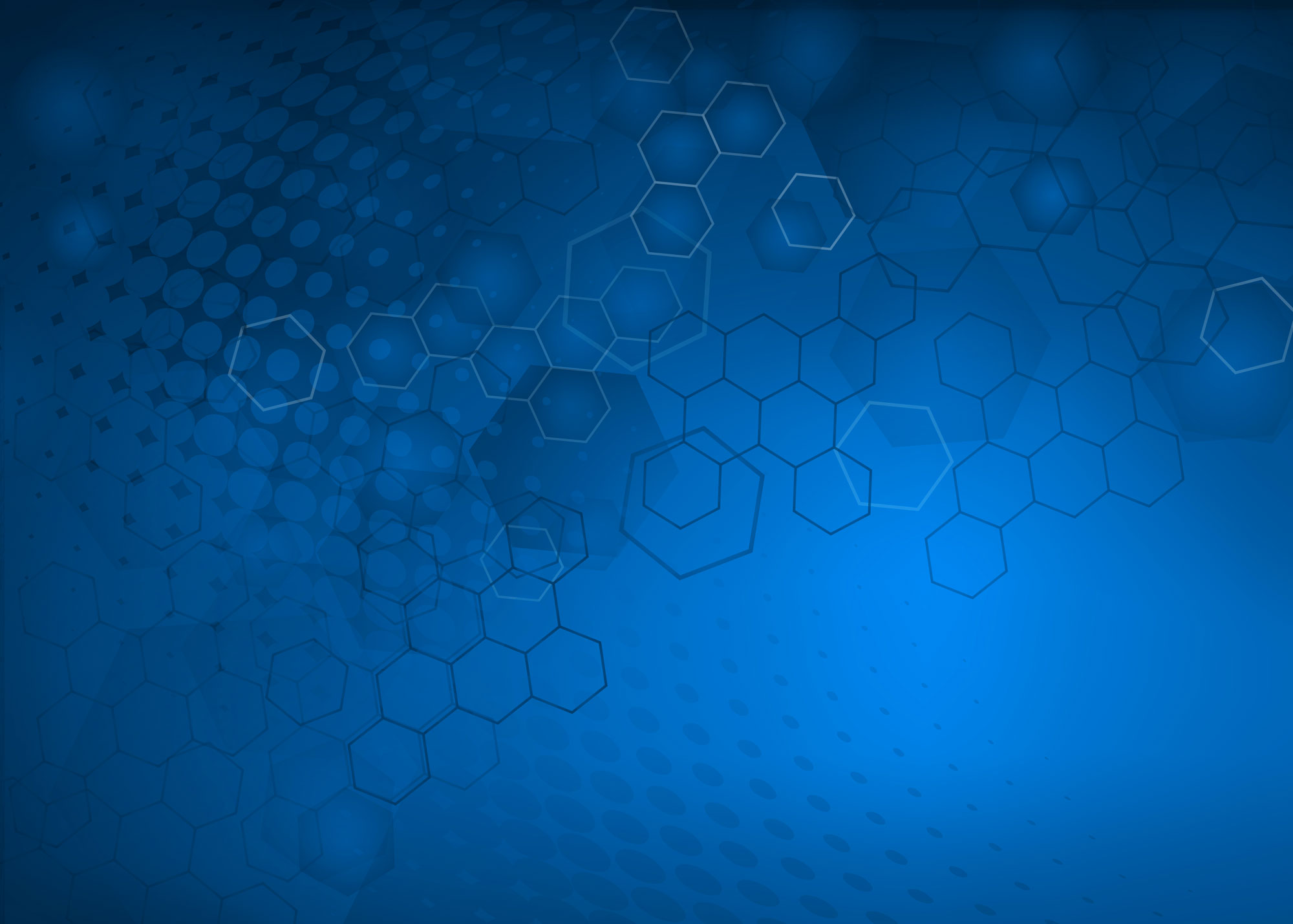Oxidative stress is involved in many phenomena ranging from a simple burn to serious diseases such as cancer, infectious diseases or neurodegenerative diseases. It is promoted by internal mechanisms such as infections or deficiencies, as well as by external factors such as smoking, sun exposure and pollution.
Oxidative stress is defined as the result of an imbalance between the production of these free radicals and other reactive oxygen species, and the presence of antioxidants able to eliminate them. It is thus classified according to a scale of intensity, i.e. from low to high levels. Therefore, from a chemical point of view, oxidative stress can be defined as the imbalance of the REDOX status (reductive/oxidant balance) of the cell between physiological and activity levels. However, it is important to note that the elimination of too many reactive species can distort cellular signaling pathways and thus increase the risk of chronic diseases: it is therefore necessary to preserve the balance between oxidant and antioxidant and not to try to eliminate all oxidants.

Difference between antioxidant capacity and antioxidant activity:
Antioxidant capacity is a thermodynamic definition related to the equilibrium constant, which can also be defined as the thermodynamic conversion efficiency, i.e., the number of moles of reactive species trapped by 1 mole of antioxidant during a given period of time. Antioxidant activity, on the other hand, is primarily related to reaction kinetics: it reflects the rate of chemical oxidation of the antioxidant under test or the rate of quenching of a reactive species.
Therefore, the reliable, accurate and sensitive detection of oxidative stress in cells as proposed by WAINVAM-E enables many medical diagnostics.
It is therefore important in particular in the pharmaceutical, medical, dermatological, agri-food and ecotoxicological fields.
Références
S. Balasaheb Nimse et D. Pal, « Free radicals, natural antioxidants, and their reaction
mechanisms », RSC Advances, vol. 5, no 35, p. 27986‑28006, 2015, doi:
10.1039/C4RA13315C.























